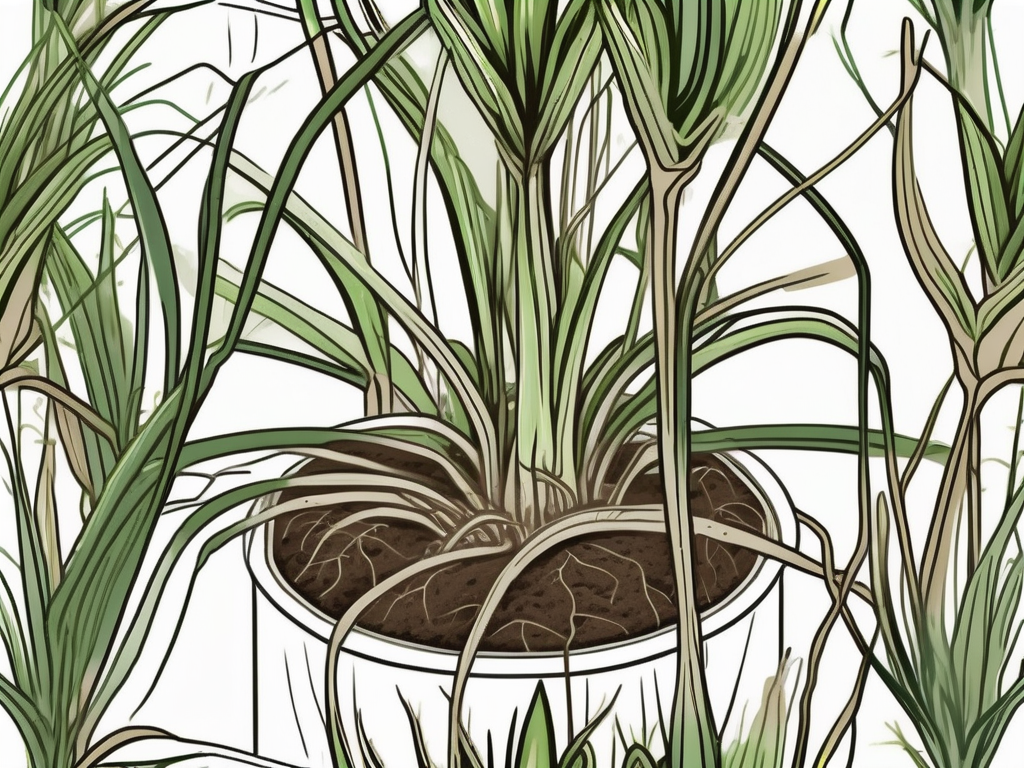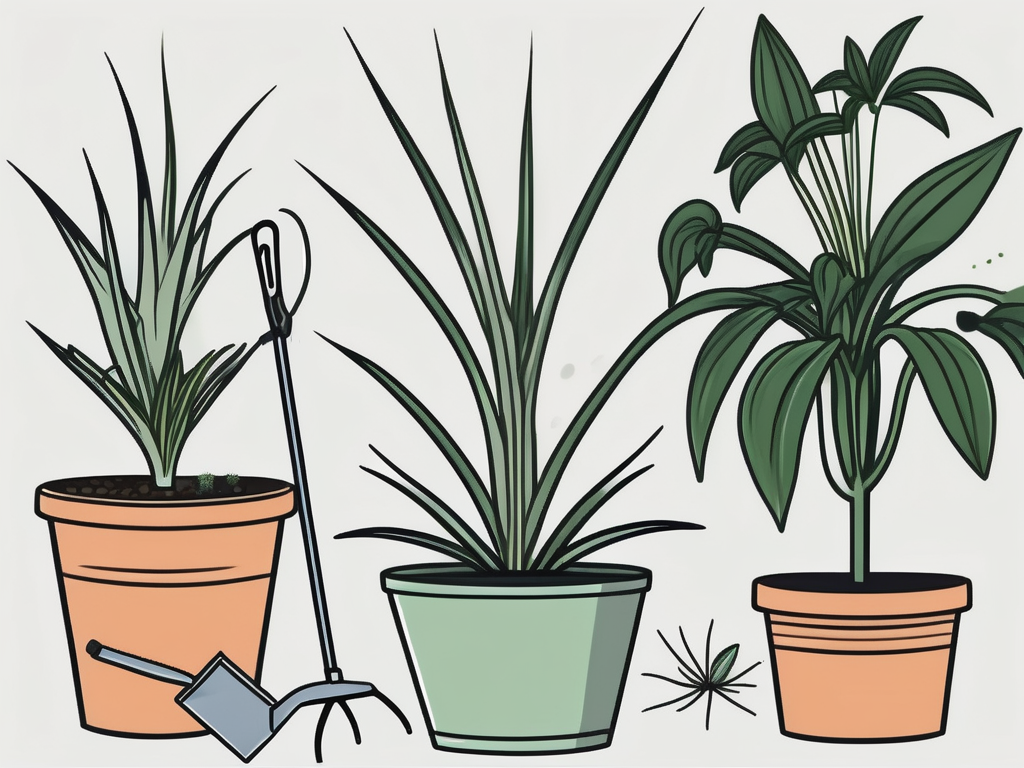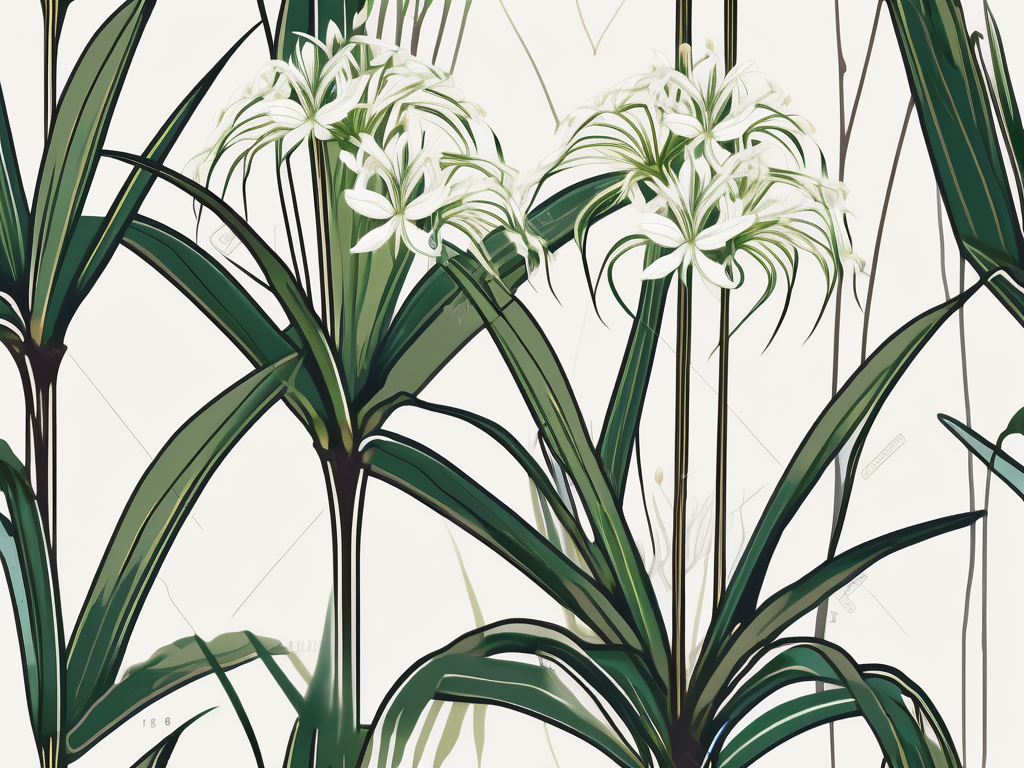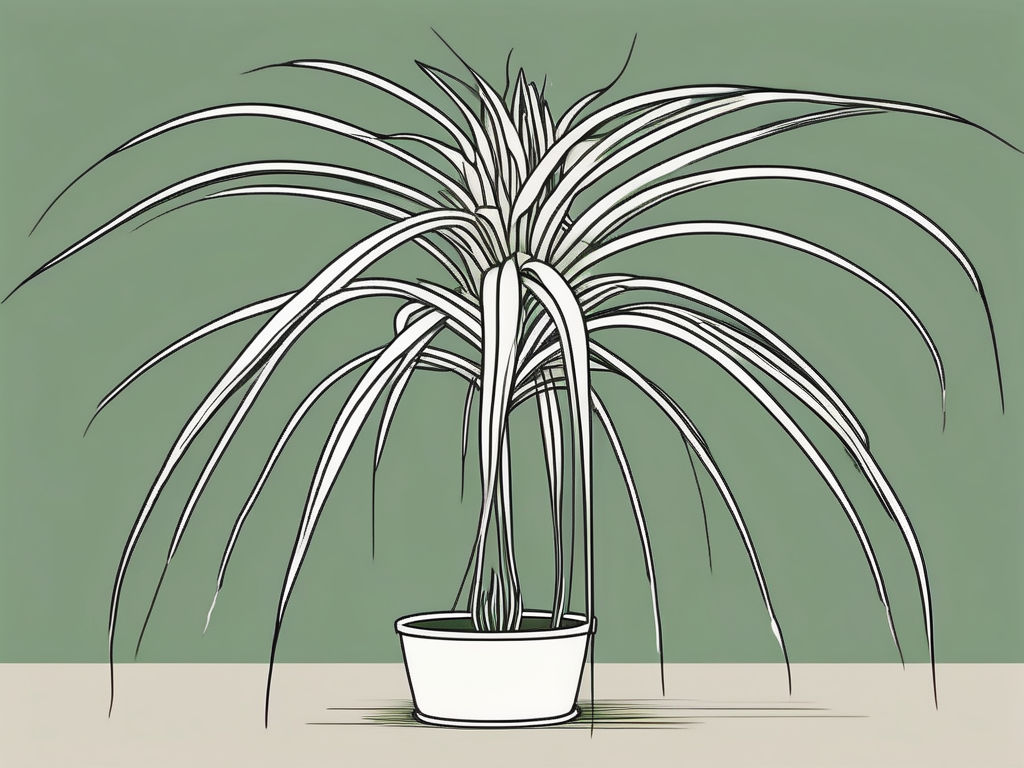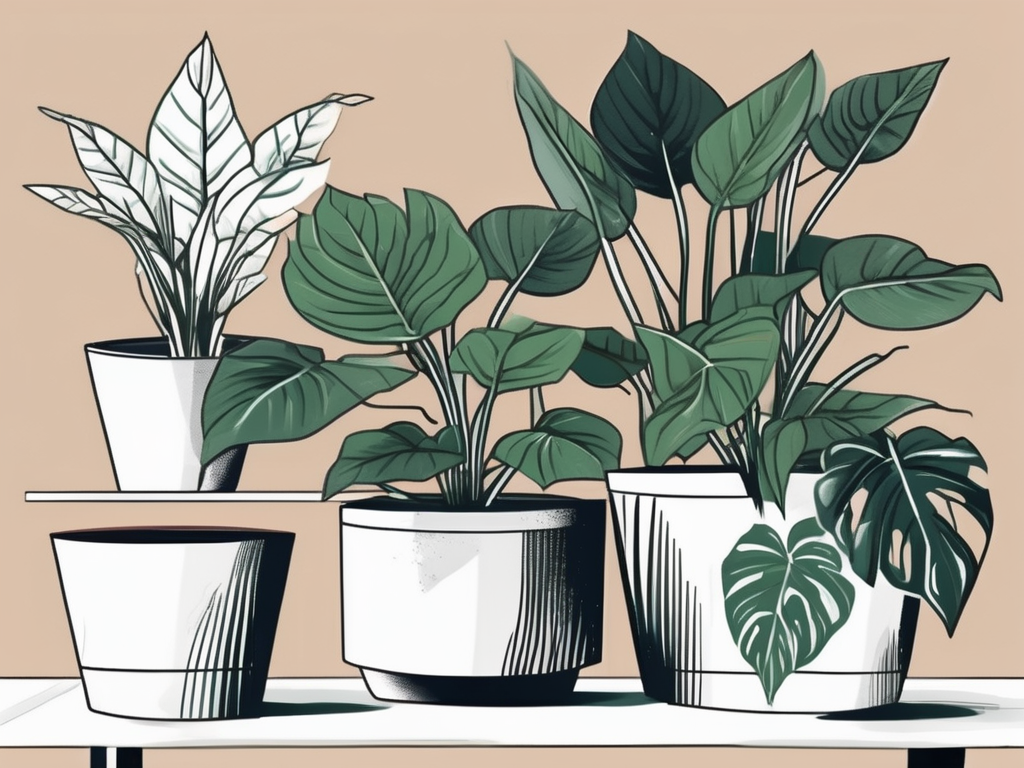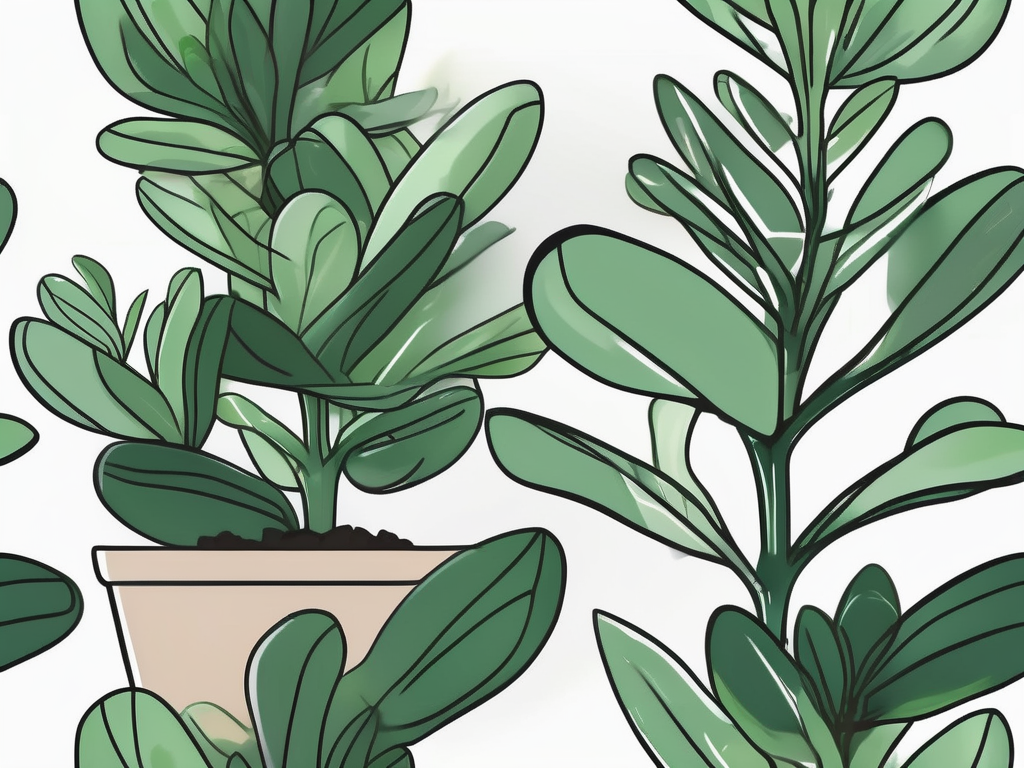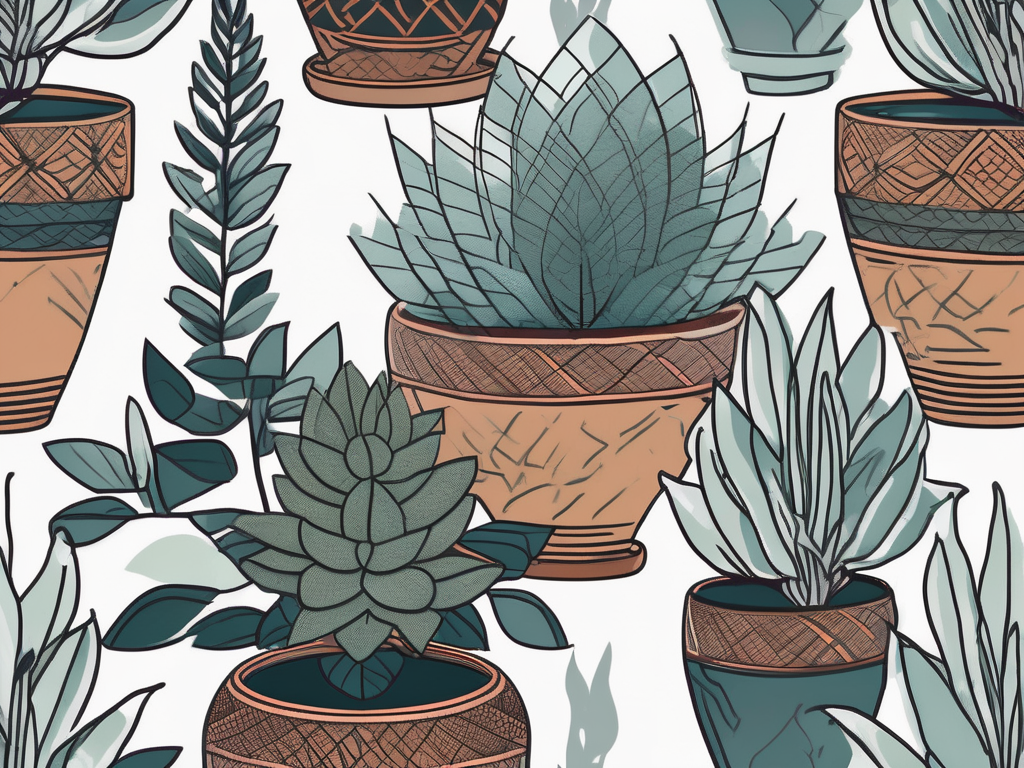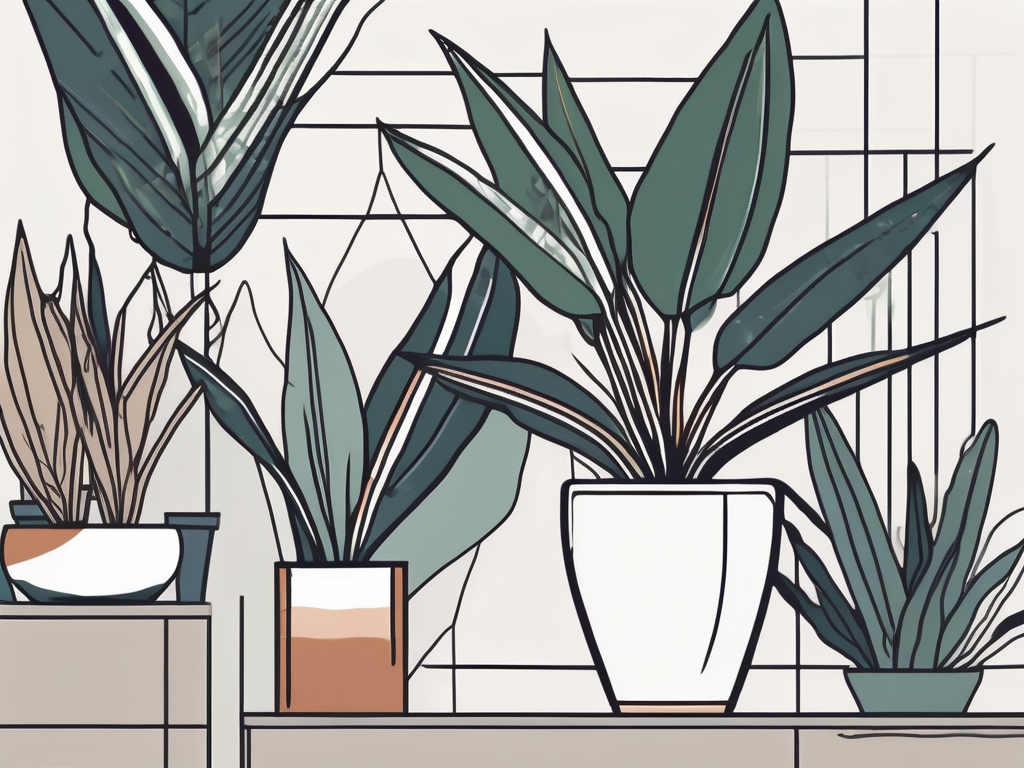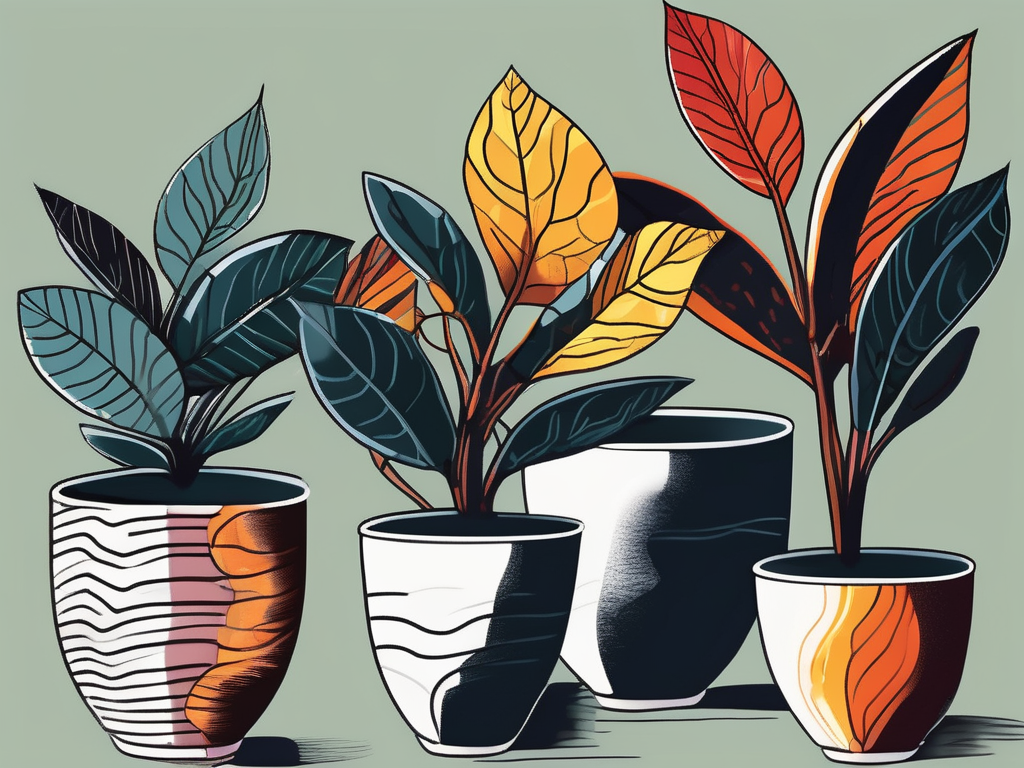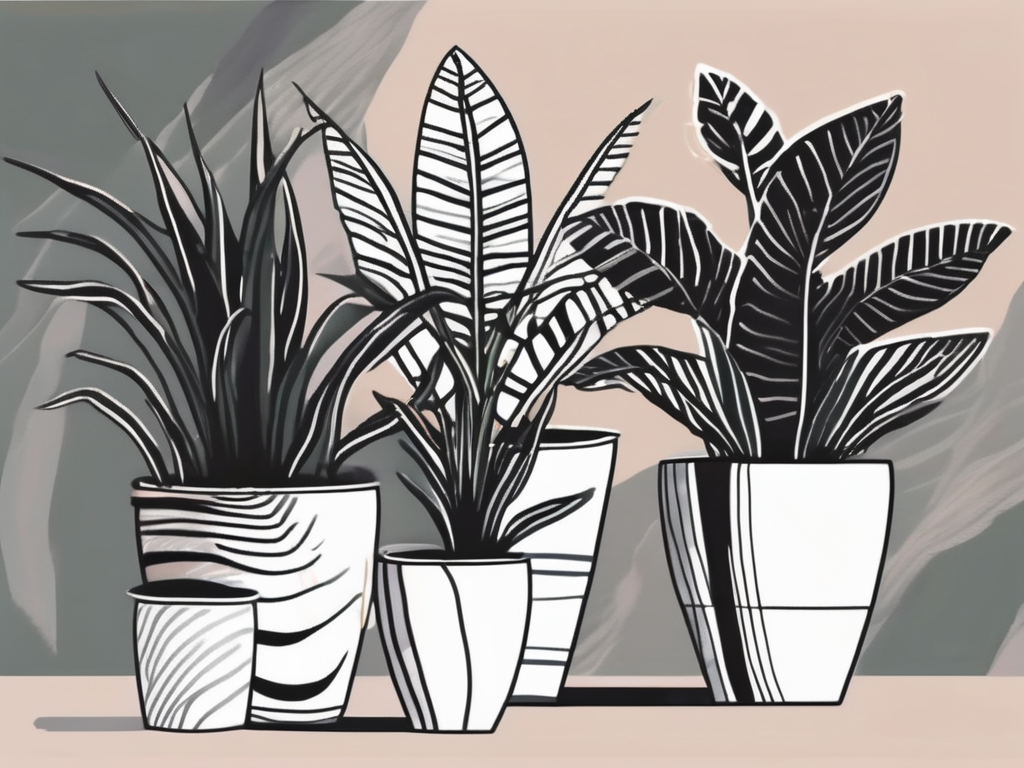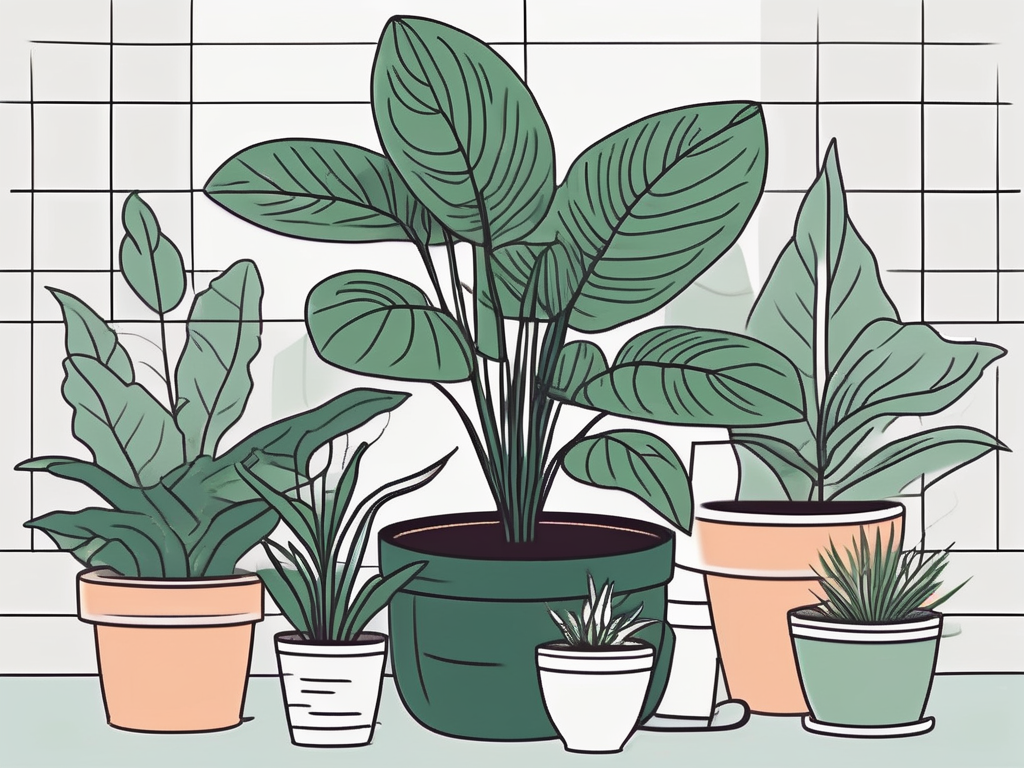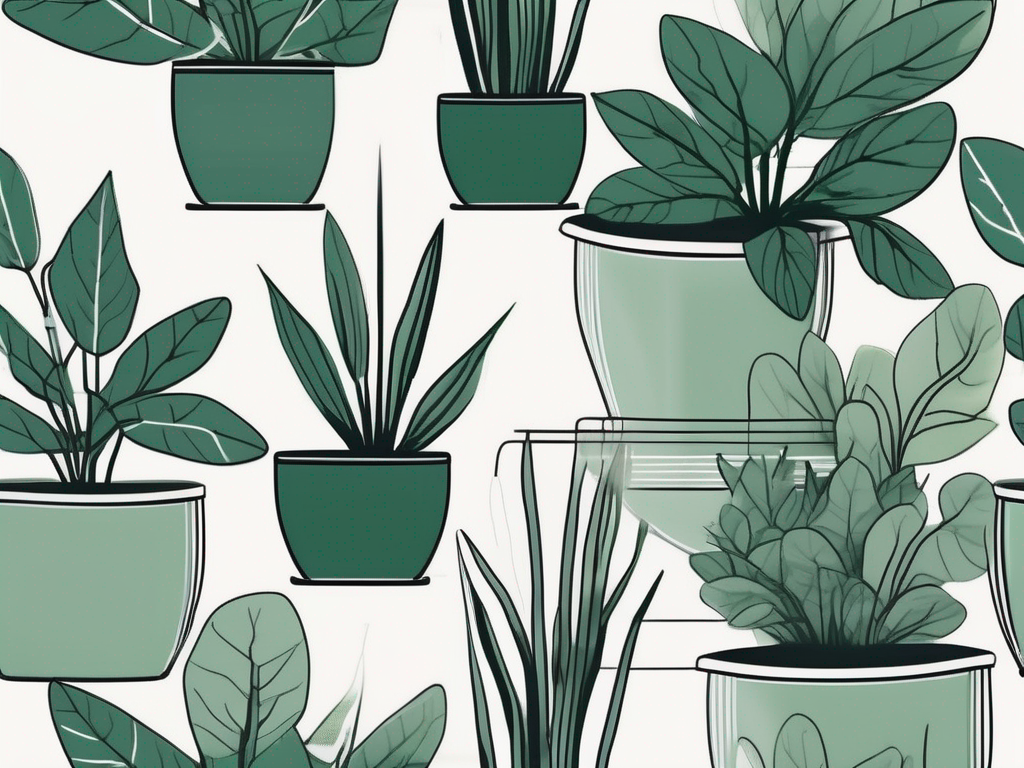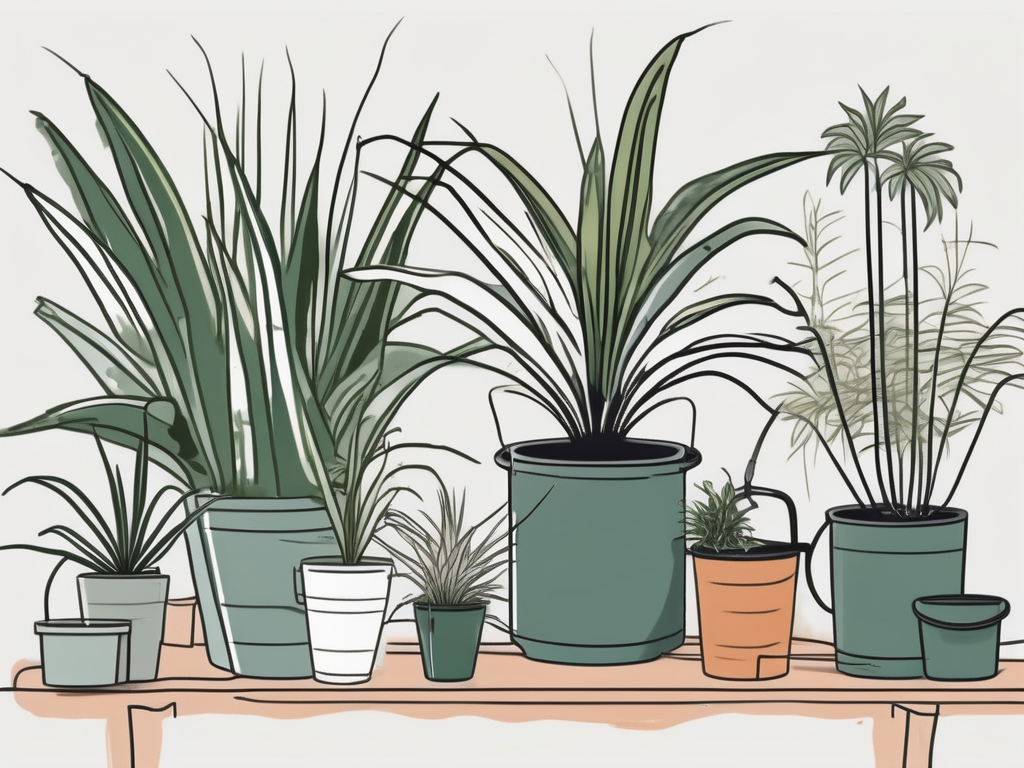
Spider plants are like that easygoing friend who’s always up for a good time. These delightful houseplants are not only a breeze to care for, but they also bring a touch of lively greenery to any space. However, to truly let your spider plant thrive, you’ll need to select the right pot for it. Let's chat about what makes the perfect home for your spider plant.
In this article, we’ll explore the factors to consider when choosing a pot, from size and material to drainage and design. Whether you’re a seasoned plant parent or just starting out, this guide will help you make an informed decision that suits both your plant and your home decor.
Understanding Spider Plant Needs
First things first, let's get to know the spider plant a little better. Native to South Africa, these plants are known for their long, arching leaves and charming little offshoots, often called "spiderettes." They’re hardy and adaptable, which makes them perfect for just about anyone.
Spider plants prefer bright, indirect light and can even tolerate low-light conditions, though they might not produce as many spiderettes. They like to dry out a bit between waterings, so well-draining soil is a must. And here's a fun fact: spider plants can help purify the air, making them a great choice for improving your indoor environment.
When it comes to potting, spider plants aren't too fussy, but there are some important considerations to keep in mind to ensure they grow their best. Let's dive into the details of what makes a pot suitable for these wonderful plants.
Choosing the Right Size Pot
One of the first things to think about is the size of the pot. Spider plants have a robust root system, so they need enough room to stretch out. However, too much space can be just as detrimental as too little.
If the pot is too large, the soil can stay too wet for too long, which might lead to root rot. On the other hand, a pot that's too small can restrict growth and make the plant top-heavy. Typically, you’ll want to choose a pot that’s about 1-2 inches larger in diameter than the current root ball.
Here’s a simple guideline to follow:
- For young spider plants or smaller varieties, start with a pot that’s 4-6 inches in diameter.
- As the plant grows, move to a 6-8 inch pot.
- If your spider plant is thriving and needs more space, consider a pot that’s 8-10 inches in diameter.
Remember, you can always repot as the plant grows. It's better to start smaller and adjust as needed.
Material Matters: Pot Material Options
The material of the pot is another factor that can affect your spider plant’s health. Each material has its pros and cons, so let’s break them down:
Terracotta
Terracotta pots are a classic choice for a reason. They're porous, allowing air and moisture to move through the walls, which helps prevent overwatering—a common issue with spider plants.
However, terracotta can dry out quickly, especially in warm climates or dry indoor environments. If you choose terracotta, be prepared to water your plant a bit more frequently.
Plastic
Plastic pots are lightweight and come in a variety of styles and colors, making them an attractive option for many plant lovers. They retain moisture longer than terracotta, which can be helpful if you’re prone to forgetting to water.
One downside is that they don’t provide the same breathability as terracotta, so be cautious about overwatering. Ensuring good drainage is key when using plastic pots.
Ceramic
Ceramic pots can be both decorative and functional. They often have a glazed finish, which can help retain moisture. However, like plastic, they lack the breathability of terracotta.
If you go with ceramic, make sure it has drainage holes and consider using a well-draining soil mix to prevent water from sitting in the bottom of the pot.
Ultimately, the choice of material will depend on your personal preference and watering habits. Whichever you choose, just remember to keep an eye on soil moisture levels to ensure your plant stays healthy.
Drainage: A Must-Have Feature
No matter what type of pot you choose, it absolutely needs to have good drainage. Spider plants don’t like their roots to sit in water, as this can lead to root rot.
Here are a few tips to ensure proper drainage:
- Drainage Holes: Choose a pot with at least one large drainage hole at the bottom. This allows excess water to escape, preventing waterlogged soil.
- Use a Saucer: Place a saucer under the pot to catch any excess water. Just be sure to empty the saucer regularly to avoid standing water.
- Layering: Add a layer of gravel or small stones at the bottom of the pot before adding soil. This can help improve drainage, especially in pots without multiple drainage holes.
If you fall in love with a pot that doesn’t have drainage holes, you can always use it as a decorative outer pot (a cachepot) and keep your plant in a plain nursery pot inside. Just be sure to remove the plant to water it, allowing excess water to drain before placing it back in the decorative pot.
Design and Aesthetic Considerations
While the health of your plant is paramount, the aesthetic appeal of the pot is also important. After all, you want your spider plant to complement your home decor, not clash with it.
Consider the following when selecting a pot design:
Color
Choose a color that either matches or complements the room where your plant will live. Neutral tones like white, gray, or beige are versatile and can fit into most decor styles. If you want to make a statement, opt for a bold color that contrasts with your plant’s green leaves.
Shape
The shape of the pot can also impact its overall look. Round pots are classic and work well in most settings, while square or geometric shapes can add a modern touch. Consider the style of your room and select a pot shape that complements it.
Texture
Textured pots can add visual interest and depth to your plant display. Look for pots with embossed patterns, ridges, or unique finishes that catch the eye. Just ensure that the texture doesn’t interfere with the pot’s functionality.
Remember, the pot is an extension of your style, so have fun with it and choose something that makes you happy every time you see it.
Repotting Your Spider Plant
Once you’ve found the perfect pot, it’s time to repot your spider plant. Repotting might sound daunting, but it's a straightforward process that can breathe new life into your plant.
Here’s how to do it:
- Prepare the New Pot: Start by adding a layer of gravel or stones for drainage, then fill the pot about a third of the way with potting mix.
- Remove the Plant: Gently take your spider plant out of its current pot. You might need to carefully loosen the soil around the edges or give the pot a gentle squeeze.
- Check the Roots: Inspect the roots for any signs of rot or damage. Trim away any unhealthy roots with clean scissors.
- Position the Plant: Place the plant in the new pot, ensuring it's at the same depth as before. Fill in with additional potting mix, pressing gently to eliminate air pockets.
- Water Thoroughly: Give your freshly potted plant a good drink, allowing the water to drain out the bottom.
Repotting is best done in spring or early summer when the plant is actively growing. It’s a good idea to repot every couple of years to refresh the soil and give the plant room to grow.
Common Mistakes to Avoid
Even with the best intentions, it’s easy to make a few missteps when caring for your spider plant. Here are some common mistakes and how to avoid them:
Overwatering: As mentioned earlier, spider plants don’t like soggy soil. Make sure to let the top inch of soil dry out before watering again.
Ignoring Drainage: Don’t underestimate the importance of drainage. Always use a pot with drainage holes, and be mindful of excess water sitting in saucers.
Too Much Sun: Spider plants prefer bright, indirect light. Direct sunlight can scorch their leaves, so find a spot where they get plenty of light without being in the sun’s direct path.
Skipping Fertilization: While not heavy feeders, spider plants appreciate a little fertilizer during the growing season. Use a balanced, water-soluble fertilizer every month or so in spring and summer.
By steering clear of these common pitfalls, you’ll be well on your way to a thriving spider plant.
Complementing Your Interior Design
Your spider plant shouldn’t just survive; it should thrive as part of your home’s decor. Here are some tips to seamlessly incorporate your spider plant into your living space:
Group with Other Plants
Create a mini indoor garden by grouping your spider plant with other houseplants. This not only enhances the visual appeal but also creates a humid microclimate that many plants enjoy.
Choose the Right Spot
Place your spider plant in a location where it can be admired, like a living room shelf or a hanging basket by a window. Just ensure it’s not in direct sunlight, which can cause leaf burn.
Use Decorative Stands
Elevate your spider plant with a decorative plant stand. This can add height and dimension to your space, making the plant a focal point in the room.
By thoughtfully placing your spider plant, you can enhance your home’s ambiance and enjoy the benefits of greenery indoors.
Caring for Spider Plant Offshoots
One of the joys of owning a spider plant is watching it produce baby plants, or "spiderettes." These offshoots are a sign of a healthy plant, and they can be propagated to create new plants.
Here’s how to care for and propagate these little plantlets:
- Let Them Grow: Allow the spiderettes to grow until they have a few roots of their own. This means they’re ready to be potted up on their own.
- Cut and Plant: Use clean scissors to cut the spiderette from the main plant. Plant it in its own pot with fresh potting mix, and water it lightly.
- Provide Support: If the spiderette is small, you might need to prop it up with a small stick or stake until its roots take hold.
- Water Sparingly: Keep the soil moist but not soggy as the new plant establishes itself.
With a little patience, you’ll have a whole new spider plant to enjoy or share with friends.
Final Thoughts
Choosing the right pot for your spider plant can make all the difference in its growth and appearance. By considering factors like size, material, drainage, and design, you’ll create the perfect environment for your plant to thrive. Plus, with a bit of care and attention, your spider plant can become a beautiful addition to your home decor.
At Cafe Planta, we're passionate about helping you create a thriving plant collection. Whether you're looking for new plants or need advice on plant care, we're here for you. Feel free to email us or reach out on Instagram. Let's connect and share our love of plants!













